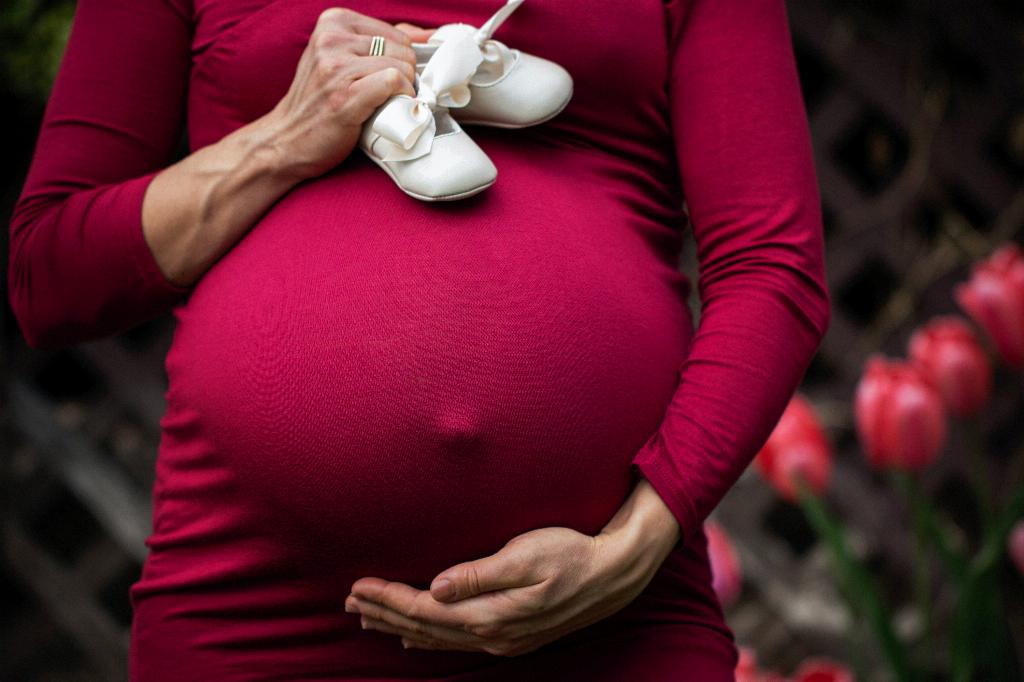After undergoing a C-section, the body goes through significant changes and one common issue that may arise is piles or hemorrhoids. These swollen veins in the rectum or anus can cause discomfort and pain, making it essential to address them effectively. If you’re wondering how to get rid of piles post C-section, there are various strategies you can incorporate into your routine to alleviate symptoms and promote healing.
Stay Hydrated and Maintain a High-fiber Diet
One of the key components in managing piles is ensuring proper bowel movements. Drinking an adequate amount of water daily helps to soften stools, making them easier to pass. Additionally, incorporating fiber-rich foods such as fruits, vegetables, and whole grains into your diet can help prevent constipation and reduce straining during bowel movements.
Practice Good Anal Hygiene
Keeping the anal area clean is crucial in preventing further irritation and discomfort. After bowel movements, gently clean the area with unscented, alcohol-free wet wipes or by using water. Avoid harsh soaps or wipes that may aggravate the hemorrhoids.
Engage in Regular Physical Activity
Exercise plays a significant role in promoting overall well-being, including improving bowel function. Engaging in regular physical activity such as walking or gentle yoga can help alleviate symptoms of piles by stimulating bowel movements and reducing pressure on the rectal area.
Utilize Warm Sitz Baths
One effective way to relieve discomfort from piles is by taking warm sitz baths. Fill a tub with a few inches of warm water and sit for about 15-20 minutes, several times a day. The warm water helps to increase blood flow to the rectal area, reducing swelling and soothing irritation.
Consider Over-the-counter Remedies
In some cases, over-the-counter treatments such as topical creams, ointments, or suppositories may help alleviate symptoms of piles. These products often contain ingredients like witch hazel or hydrocortisone, which can reduce itching and inflammation in the affected area.
Avoid Prolonged Sitting or Standing
Prolonged periods of sitting or standing can exacerbate symptoms of piles by increasing pressure on the rectal veins. If possible, take breaks to walk around or change positions frequently to relieve pressure on the affected area.
Manage Pain with Cold Compresses
If you’re experiencing discomfort or pain due to piles, applying a cold compress to the affected area can help reduce swelling and numb the area. Wrap a few ice cubes in a cloth and gently apply it to the anus for a few minutes at a time.
Consult with a Healthcare Provider
If home remedies do not provide relief or if your piles are persistent, it’s essential to consult with a healthcare provider. They can assess your condition, provide recommendations for treatment, and determine if any further medical intervention is necessary.
Avoid Straining During Bowel Movements
Straining during bowel movements can worsen symptoms of piles and lead to further discomfort. To avoid straining, ensure you have adequate fiber intake in your diet, stay hydrated, and consider using a stool softener if recommended by your healthcare provider.
Practice Stress-reducing Techniques
Stress can exacerbate symptoms of piles, so it’s beneficial to incorporate stress-reducing techniques into your daily routine. Practice relaxation exercises, such as deep breathing or meditation, to help manage stress levels and improve overall well-being.
Follow-up Care Post C-section
After a C-section, it’s crucial to prioritize self-care and follow any post-operative instructions provided by your healthcare provider. By maintaining good hygiene practices, incorporating healthy habits, and seeking medical advice when needed, you can effectively manage and alleviate piles post C-section.
Conclusion: Addressing Piles After C-section
Dealing with piles after a C-section can be challenging, but with the right strategies and care, you can successfully manage symptoms and promote healing. By adopting a holistic approach that includes lifestyle modifications, home remedies, and medical guidance, you can navigate through this common postpartum issue with confidence and comfort.

